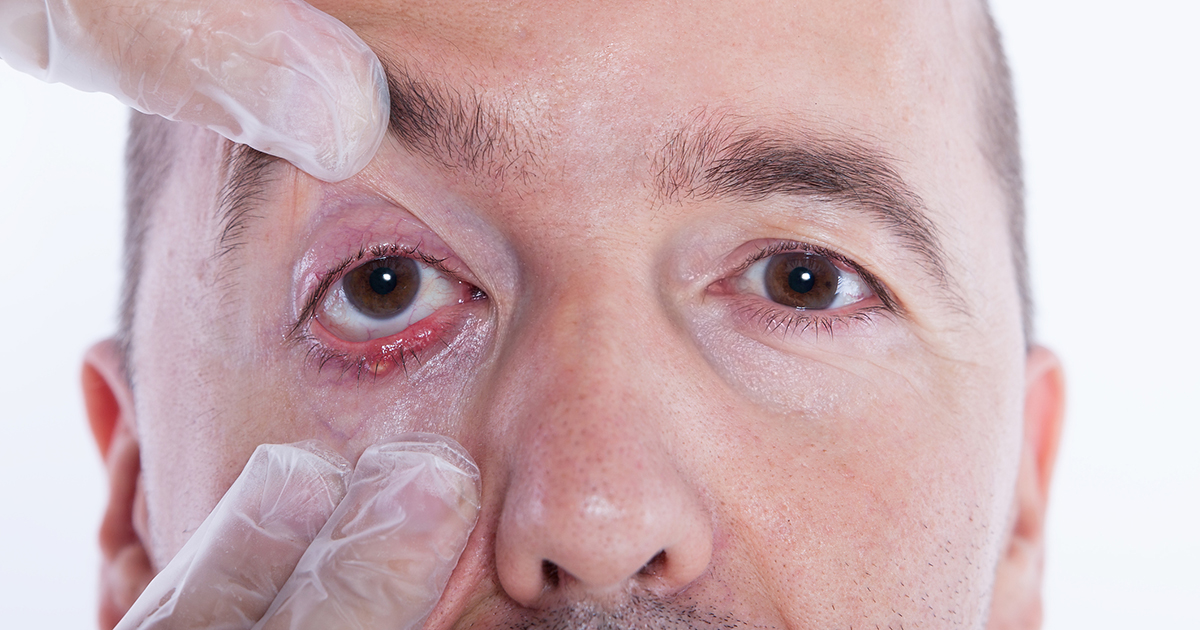Is It A Stye Or Chalazia? Important Facts You Should Know
Styes and chalazia tend to cause panic when they first appear along the edge of an eyelid. These little bumps generally go unnoticed until a person looks in the mirror. Styes and chalazia are typically painless and will usually go away on their own. Styes can be internal or external and tend to most frequently occur around the edge of the eyelid. A chalazion, however, will typically manifest in the eyelid. Both styes and chalazia are marked by intense swelling and redness, and chronically inflamed styes or chalazia can cause minor pain and/or irritation.
Internal Styes

There are two types of styes (which are also known as a hordeolum), internal and external. Internal styes are the result of bacterial infections in the meibomian glands, which are located inside of the eyelid. Internal styes do not occur as frequently as external styes and tend to be more serious. Initially, an internal stye will start off looking like a small pimple that has grown on the inside of either the upper or lower eyelid. The infected individual will likely notice redness and puffiness on the outside of the eyelid first, which will prompt them to check the inside of the infected eyelid.
